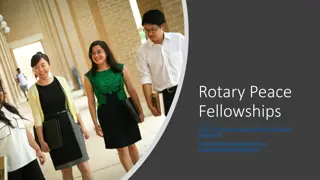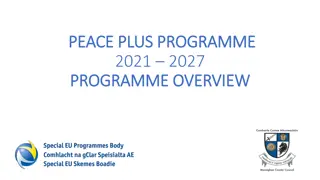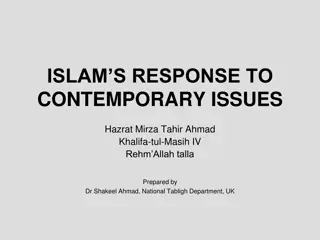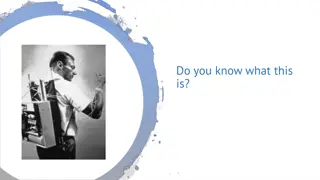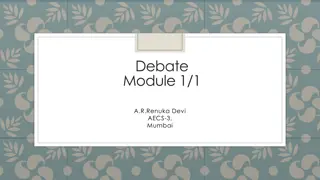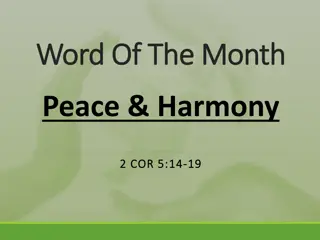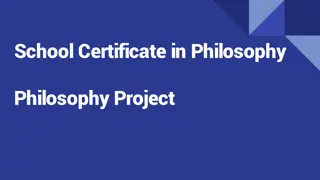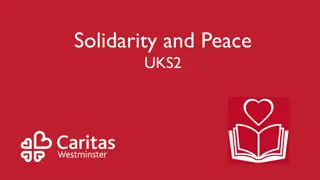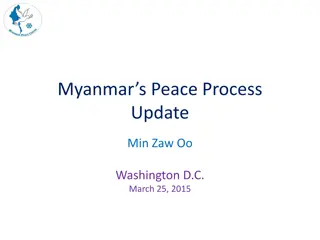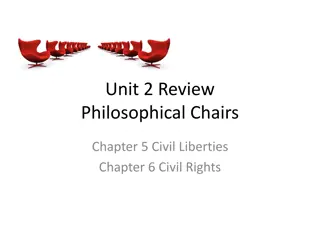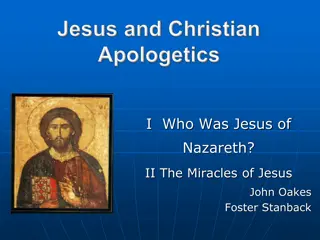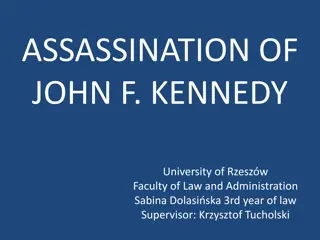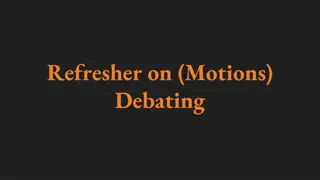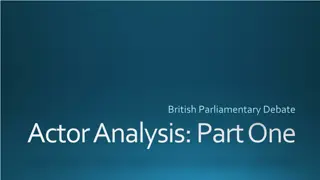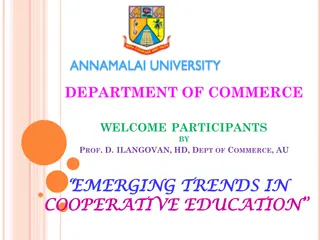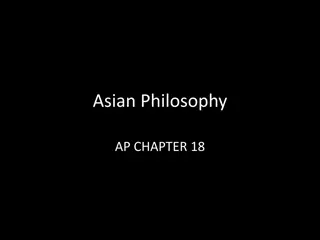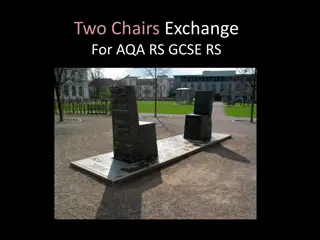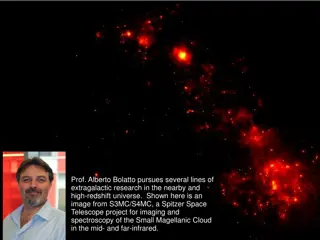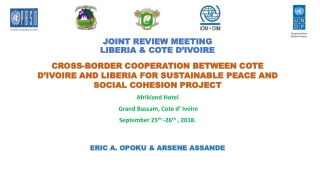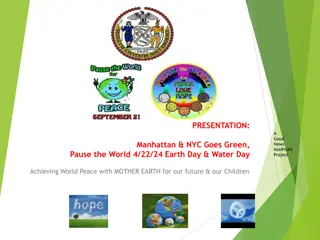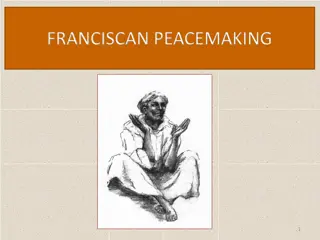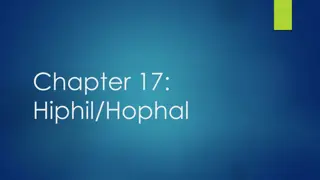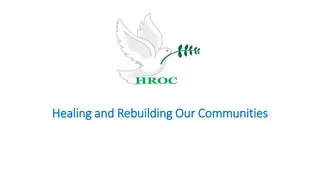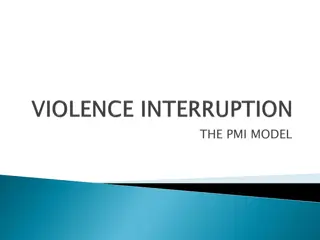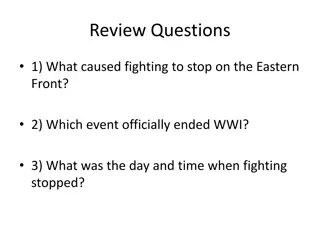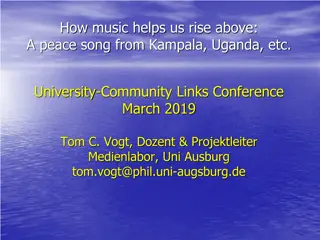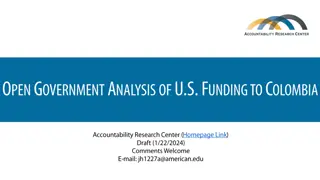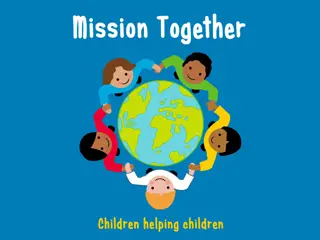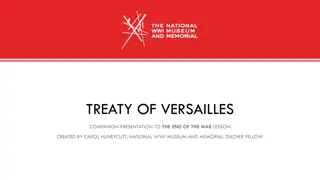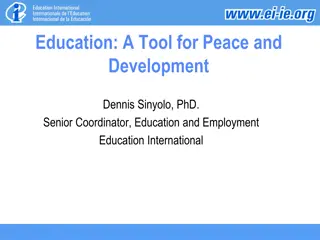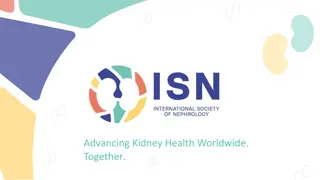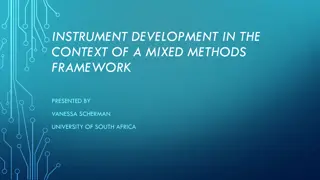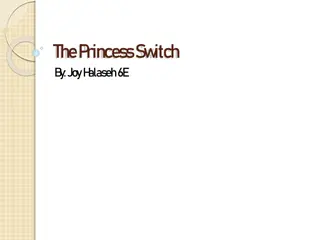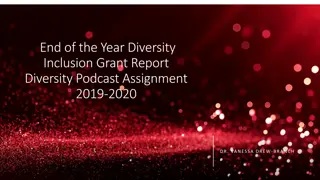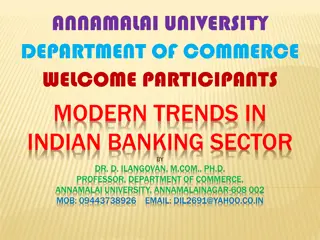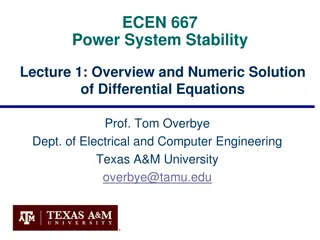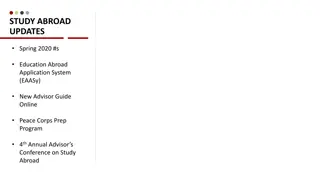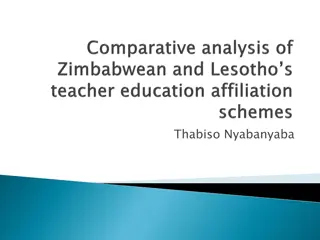Exploring Key Debates in Peace Education by Prof. Vanessa Andreotti
Dive into the intricacies of peace education through the lens of Prof. Vanessa Andreotti, examining the Magolda Model of Epistemic Development. Explore themes such as violence vs. non-violence, complexity of human beings, empathy, critical thinking, and promoting heroic imagination towards cultivating a culture of peace and understanding.
Download Presentation

Please find below an Image/Link to download the presentation.
The content on the website is provided AS IS for your information and personal use only. It may not be sold, licensed, or shared on other websites without obtaining consent from the author. Download presentation by click this link. If you encounter any issues during the download, it is possible that the publisher has removed the file from their server.
E N D
Presentation Transcript
Key debates in peace education Prof Vanessa Andreotti
MAGOLDAS (1992)MODEL OF EPISTEMIC DEVELOPMENT Peace perspectives Peace? Peace Education?
MAGOLDAS (1992)MODEL OF EPISTEMIC DEVELOPMENT Peace perspectives Peace? Peace Education?
MAGOLDAS (1992)MODEL OF EPISTEMIC DEVELOPMENT Peace perspectives Peace? Peace Education?
MAGOLDAS (1992)MODEL OF EPISTEMIC DEVELOPMENT Peace perspectives Peace? Peace Education?
MAGOLDAS (1992)MODEL OF EPISTEMIC DEVELOPMENT Violence vs non-violence Complexity of human beings Dehumanization of others Situations that feed hatred, envy and insecurity Manufacturing of violent situations Questions of justice and of anger Limits of dialogue Deference to authority: external self-validation
MAGOLDAS (1992)MODEL OF EPISTEMIC DEVELOPMENT Towards non-violence How to stand up to a bully without becoming a thug? (Scilia Elworthy) How to deal with cyber bullying? How to deal with classroom bullying? Importance of preparedness Facing violence out there and in here Cultivating empathy and critical thinking (who decides? In whose name? for whose benefit? How come? Where from? Where to? How could this be different?) Promoting heroic imagination Examples of non-violence and restorative justice Different ideas of happiness, inner peace, healing
MAGOLDAS (1992)MODEL OF EPISTEMIC DEVELOPMENT Other metaphors Trinidadian scholar Jacqui Alexander (2005): [ ]since colonisation has produced fragmentation and dismemberment at both the material and psychic levels, there is a yearning for wholeness, often expressed as a yearning to belong, a yearning that is both material and existential, both psychic and physical, and which, when satisfied, can subvert, and ultimately displace the pain of dismemberment (p.281). She suggests that strategies of membership in coalitions, like those of citizenship, community, family, political movement, nationalism and solidarity in identity or ideology, although important, have probably not addressed the source of this yearning. For Alexander, these coalitions have reproduced the very fragmentation and separation that she identifies as the root of the problem. She states that the source of this yearning is a deep knowing that we are in fact interdependent neither separate, nor autonomous (p.282),not self-sufficient, but insufficient.
MAGOLDAS (1992)MODEL OF EPISTEMIC DEVELOPMENT Other metaphors As human beings we have a sacred connection to each other, and this is why enforced separations wreak havoc in our Souls. There is a great danger then, in living lives of segregation. Racial segregation. Segregation in politics. Segregated frameworks. Segregated and compartimentalised selves. What we have devised as an oppositional politics has been necessary, but it will never sustain us, for a while it may give us some temporary gains (which become more ephemeral the greater the threat, which is not a reason not to fight), it can never ultimately feed that deep place within us: that space of the erotic, that space of the Soul, that space of the Divine (p.282).
MAGOLDAS (1992)MODEL OF EPISTEMIC DEVELOPMENT Other metaphors What if racism, sexism, classicism, nationalism and other forms of toxic, parasitic and highly contagious viral divisions are preventable social diseases? What if the medicine involves getting to terms with our violent histories, learning to see through the eyes of others (as impossible as it sounds), and facing humanity (in our own selves first) in all its complexity, agonism and imperfection: agonistically embracing everyone s capacity for love, hatred, compassion, harm, goodwill, envy, joy, anger, oppression, care, selfishness, selflessness, avarice, kindness, enmity, solidarity, malice, benevolence, arrogance, humility, narcissism, altruism, greed, generosity, contempt and reverence?
MAGOLDAS (1992)MODEL OF EPISTEMIC DEVELOPMENT Other metaphors What if our holy texts (both religious, activist and academic), our education (both formal and informal), our politics and agency, and our ways of knowing and being have carried both the mutant virus that spreads the disease and the medicine that cures and prevents it? What if learning to distinguish between toxins, viruses and medicines involves disciplining our minds, bodies, psyches, and spirits by confronting our traumas and letting go of fears of scarcity, loneliness, worthlessness and guilt (generated precisely by the imperative for autonomy/independence, self-sufficiency and control)? What if we have to learn to trust each other without guarantees? What if the motivation to survive alongside each other in our finite planet in dynamic balance (without written agreements, coercive enforcements or assurances) will come precisely through learning collectively from and with the disease itself? What would global education for peace look like then?


